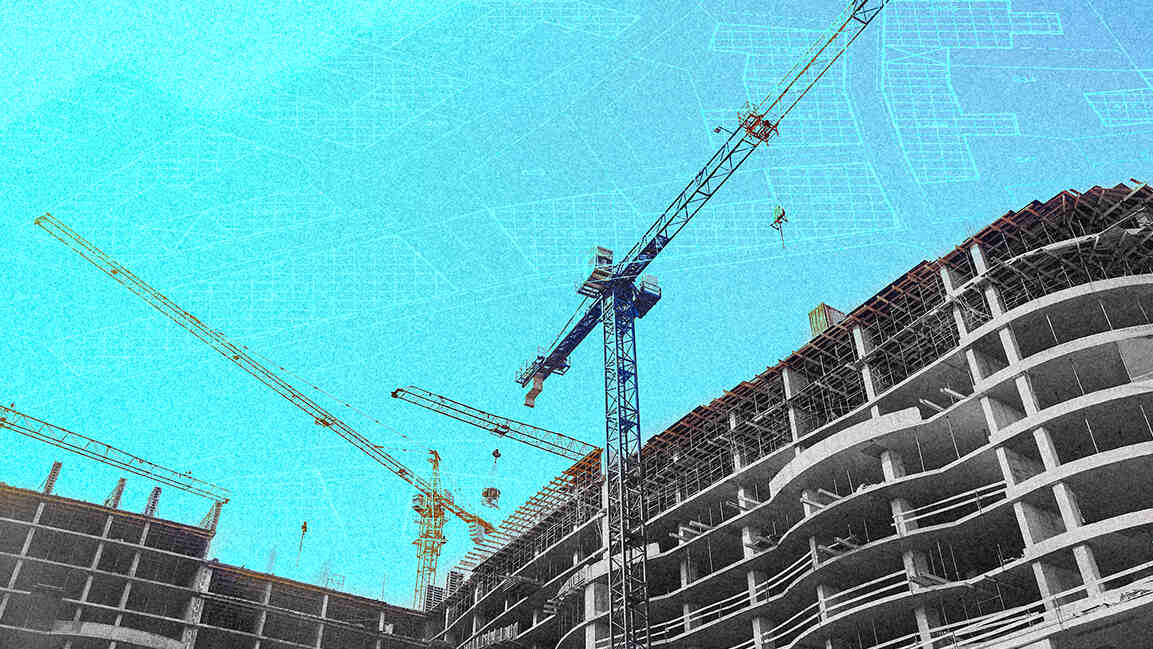- | 11:00 am
Integrating sustainability into cultural development could slash carbon footprint by 1.3 million tons in GCC
GCC's green cultural assets could draw an extra 8 million tourists to the region by 2030

The growing cultural scene, concerts, movies, theaters, and museums in the GCC countries offer an opportunity to bring together culture and sustainability. These assets play an important role in preserving the region’s heritage and identity and in attracting millions of tourists each year.
The scale of change could attract foreign direct investment (FDI) into the region as an arts and culture destination for citizens, residents, and visitors.
According to a new report, GCC cultural leaders can set a global example by integrating leading practices and the most exacting sustainability standards into their cultural infrastructure and events.
Investing in sustainable cultural assets is a win-win for the GCC, according to a new report by Strategy& Middle East, a part of the PwC network, where the region could cut carbon emissions by 1.3 million tons, the equivalent of removing 320,000 cars from the roads annually.
This can be done through implementing green methods and technologies in the development of new cultural assets.
The report, titled A Sustainable and Inclusive Cultural Renaissance for the Middle East, noted that Saudi Arabia, which plans to invest $100 billion in cultural projects, could lead this transformative effort.
“Within the context of the region’s ambitious net-zero agendas, GCC cultural leaders have a unique opportunity to put the region in the global vanguard by bringing together culture and sustainability,” said Yahya Anouti, a partner at Strategy& Middle East.
Investing in these sustainable construction methods could also yield substantial savings by 2030. GCC countries could save nearly $14 billion in capital and operating expenses over the lifecycle of their cultural infrastructure.
“A collaborative approach that involves communities in the development of cultural assets could lead to outcomes such as social inclusion, physical regeneration, sustainable development, and job creation,” said Nay Abi Ramia, principal at Strategy& Middle East.
In addition to saving money, sustainable cultural assets could help GCC countries reduce their greenhouse gas emissions by over 600,000 metric tons annually. This could be achieved by hosting cultural events and film productions more sustainably.
But the benefits of sustainable cultural development don’t end there.
The report also found that sustainable cultural assets could attract an extra 8 million tourists to the region by 2030.
The report suggests different ways of integrating sustainability into cultural development, which include incorporating sustainability into design, facilitating investments in cultural ESG projects, using the arts to promote sustainability, preserving cultural heritage, and providing financial support to artists.































